We will be meeting June 1st-4th, Mon -Thurs @10:30
Monday, June 1st: Mad Scientist – Fun Hat Day!
Our class will be conducting a group, virtual science experiment. We will be discovering together how to make our very own ice cream, using at home ingredients!
Don’t forget to wear your silliest hat or headband to our meeting!
Ice Cream in a Bag:
INGREDIENTS
2In the sandwich-size freezer bag, mix together half & half, vanilla, and sugar (and cocoa powder if making chocolate ice cream).
3Seal sandwich-size bag tightly. If you have tape, use the tape to give this bag extra protection by taping over the seal. Next you can place inside the gallon bag.
4Seal gallon-size bag tightly, and shake for about 5-10 minutes until mixture is frozen. Take turns shaking the bag. This is the perfect opportunity for a kid helper but consider using gloves or a kitchen towel because the mixture will be cold.
5Rinse the smaller bag off gently with cold water before opening to clean off any salt water. Eat right from the bag or scoop into a bowl or a cone.
ADDITIONAL NOTES:For chocolate ice cream: 2 teaspoons cocoa powder + 1/2 teaspoon sugar
Tuesday June 2nd, Beach Day!
We will be reading a fish counting book: Ten Little Fish by Audrey Wood. While I am reading the book, you will be drawing a picture of some fish you might find in the ocean or even just a beach scene and enjoying your snack.
*Bathing suit
*Towel
*Snack
*Drink
*Sunscreen
*Crayons
*Markers
*Paper
Wednesday June 3rd, Sports and Games!
Come to class dressed wearing your favorite sports attire. You will be drawing a picture of your favorite sport (basketball, football, baseball, soccer, fishing, skating, riding bikes, bowling, swimming, hockey, golf, etc.) You can add anything to do with the sport in your drawing! Examples: football field, baseball diamond, bases, goalies, fishing pole, etc. I am asking that, on this day before our meeting, you and your child create an obstacle course in your yard! Get creative, but know that it does not need to be complex! During our meeting, children will have the opportunity to show us and complete their obstacle course.
Example: Start here. Run towards and jump over the broom lying in the yard, then run to the toy truck, run around it two times, roll over to driveway, STOP, jump up and run through the chalk lines on the drive way, skip to the swing, give it a push and end at the deck… whatever you want. Have some fun and be prepared to explain the steps before your child completes the course.
Thursday June 4th, Talent Show and Dance Party!
This is a special day to celebrate everyone and their talents! Think of something you want to show your friends. It could be a dance, a picture you made, or even some magic tricks! Maybe you have an instrument you like to play or some funny jokes. It’s up to you! We will be joined with Miss Rachel’s class to do the talent show and dance party!
Finally, I would like to celebrate the end of this year with a “We did it!” party! Please make and decorate a sign or poster before this meeting that reads, “We did it!” Come with a special snack and get ready to do some dancing!
Monday, June 1st: Mad Scientist – Fun Hat Day!
Our class will be conducting a group, virtual science experiment. We will be discovering together how to make our very own ice cream, using at home ingredients!
Don’t forget to wear your silliest hat or headband to our meeting!
Ice Cream in a Bag:
INGREDIENTS
- 1/2 cup half & half or milk
- 1/4 teaspoon vanilla
- 1 tablespoon sugar
- 1/3 cup rock salt
- 3 cups of crushed ice
- 1 gallon size freezer bag
- 1 sandwich size freezer bag
- Duck tape or masking tape (optional)
2In the sandwich-size freezer bag, mix together half & half, vanilla, and sugar (and cocoa powder if making chocolate ice cream).
3Seal sandwich-size bag tightly. If you have tape, use the tape to give this bag extra protection by taping over the seal. Next you can place inside the gallon bag.
4Seal gallon-size bag tightly, and shake for about 5-10 minutes until mixture is frozen. Take turns shaking the bag. This is the perfect opportunity for a kid helper but consider using gloves or a kitchen towel because the mixture will be cold.
5Rinse the smaller bag off gently with cold water before opening to clean off any salt water. Eat right from the bag or scoop into a bowl or a cone.
ADDITIONAL NOTES:For chocolate ice cream: 2 teaspoons cocoa powder + 1/2 teaspoon sugar
Tuesday June 2nd, Beach Day!
We will be reading a fish counting book: Ten Little Fish by Audrey Wood. While I am reading the book, you will be drawing a picture of some fish you might find in the ocean or even just a beach scene and enjoying your snack.
*Bathing suit
*Towel
*Snack
*Drink
*Sunscreen
*Crayons
*Markers
*Paper
Wednesday June 3rd, Sports and Games!
Come to class dressed wearing your favorite sports attire. You will be drawing a picture of your favorite sport (basketball, football, baseball, soccer, fishing, skating, riding bikes, bowling, swimming, hockey, golf, etc.) You can add anything to do with the sport in your drawing! Examples: football field, baseball diamond, bases, goalies, fishing pole, etc. I am asking that, on this day before our meeting, you and your child create an obstacle course in your yard! Get creative, but know that it does not need to be complex! During our meeting, children will have the opportunity to show us and complete their obstacle course.
Example: Start here. Run towards and jump over the broom lying in the yard, then run to the toy truck, run around it two times, roll over to driveway, STOP, jump up and run through the chalk lines on the drive way, skip to the swing, give it a push and end at the deck… whatever you want. Have some fun and be prepared to explain the steps before your child completes the course.
Thursday June 4th, Talent Show and Dance Party!
This is a special day to celebrate everyone and their talents! Think of something you want to show your friends. It could be a dance, a picture you made, or even some magic tricks! Maybe you have an instrument you like to play or some funny jokes. It’s up to you! We will be joined with Miss Rachel’s class to do the talent show and dance party!
Finally, I would like to celebrate the end of this year with a “We did it!” party! Please make and decorate a sign or poster before this meeting that reads, “We did it!” Come with a special snack and get ready to do some dancing!
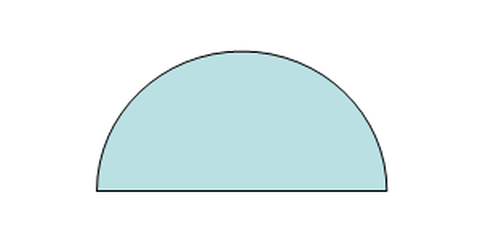
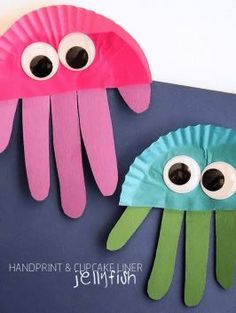
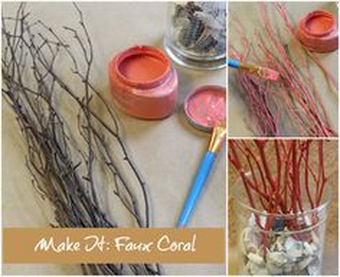
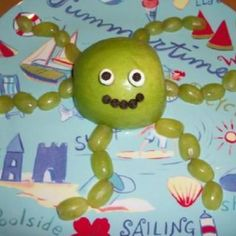
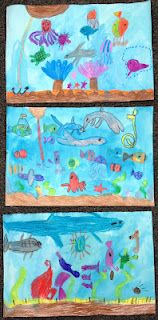
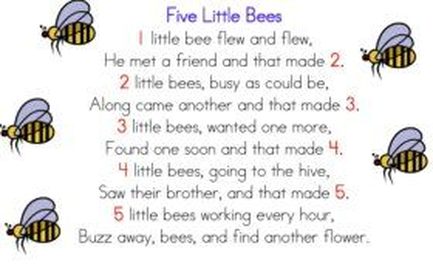
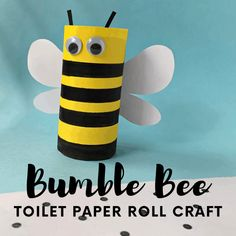
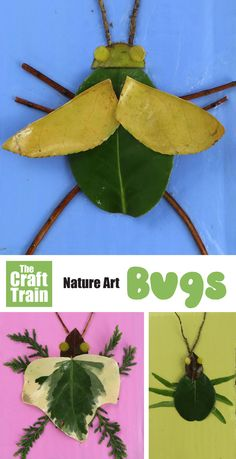
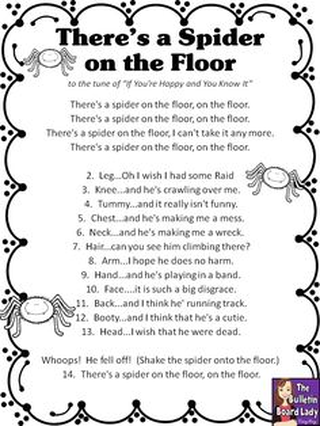
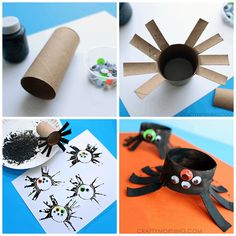
 RSS Feed
RSS Feed
